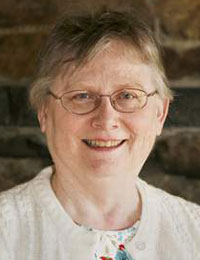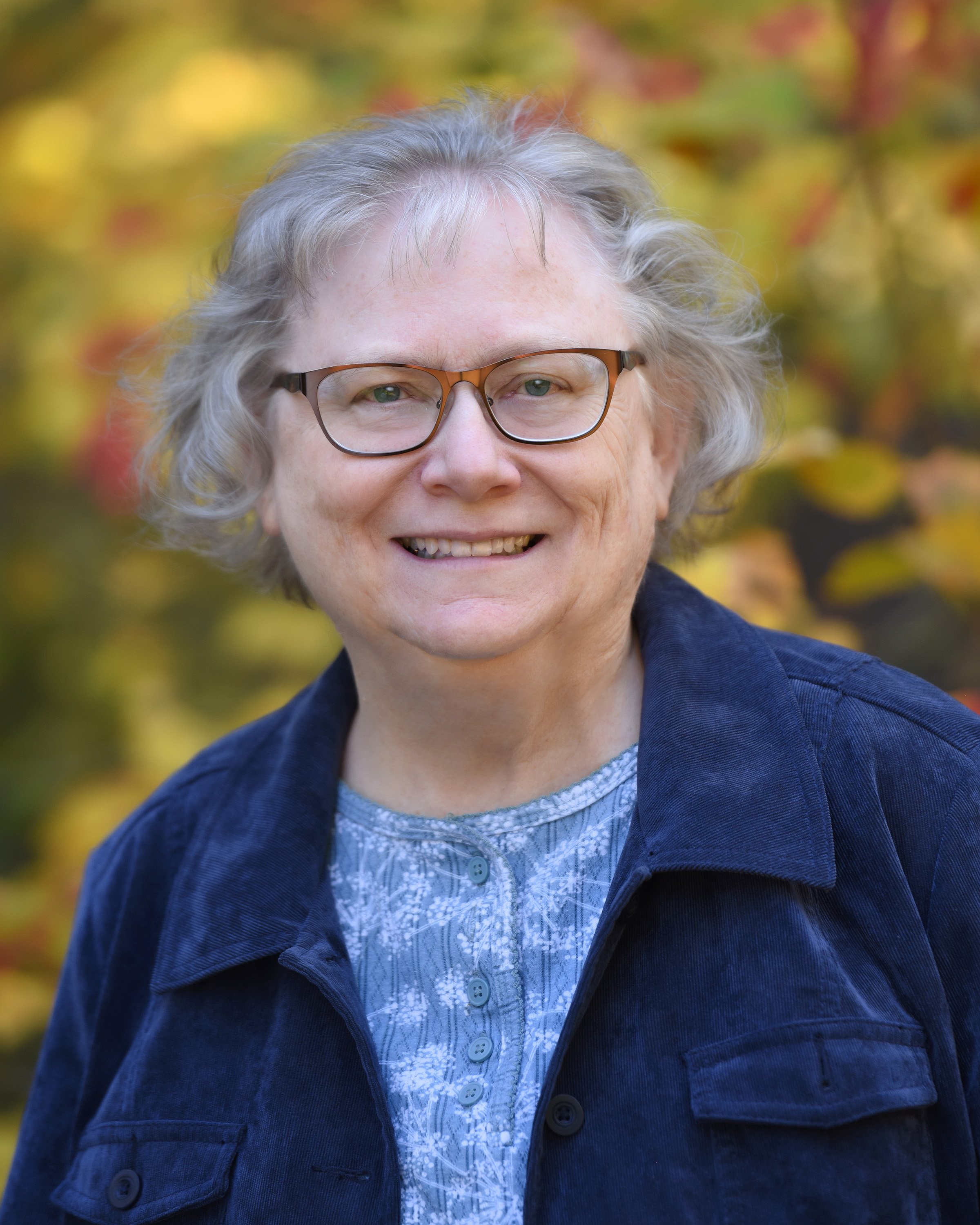 In the Early New England Families Study Project sketch for Joseph Andrews of Hingham, I included a commentary about the problem I was having establishing the birth order for Joseph’s children. Recently, an inquirer wondered why I had not used the order the children are named in Joseph’s will.[1]
In the Early New England Families Study Project sketch for Joseph Andrews of Hingham, I included a commentary about the problem I was having establishing the birth order for Joseph’s children. Recently, an inquirer wondered why I had not used the order the children are named in Joseph’s will.[1]
Heirs can be listed in a will in any way the testator wants, but there are legal precedents that encourage listing children by birth order. Sometimes all the sons are named first, then all the daughters, and sometimes they are intermixed. Sometimes the testator specifies “eldest son, second son,” but others do not, and while we might assume birth order, it is not guaranteed.
Heirs can be listed anyway the testator wants...
In his 1679 will Joseph Andrews named his children in this order: Elizabeth Emes, Hannah Ganitt, Mary Beard, Joseph Andrews, Ephraim Andrews, and Hipsebeth Maning, with son Thomas Andrews named executor and receiving the remainder of the estate. Despite being listed last, Thomas is shown by the context of the will, as well as a deed of gift from his parents, as the eldest son (his birth can be estimated about 1632 from his age at death).
If taken literally the will makes Elizabeth the eldest girl, but there is a baptism in Hingham for an “Elizabeth Andruce” in March 1637/38. If this record is for an infant, then Elizabeth could not be the oldest daughter, since we can estimate the birth of her sister Hannah at about 1622 from her age at death. Elizabeth’s baptism does not include the names of her parents, but Rev. Peter Hobart’s journal of births and baptisms in Hingham almost never gives the parents of the child. The only other presumed child of Joseph Andrews whose baptism is recorded in Hingham is Ephraim Andruce in October 1640, likewise without parents, but in his case other records support that this baptism is for an infant.
So, baptism or will for Elizabeth?
However, assuming Elizabeth’s baptism is for an infant causes its own problems since Elizabeth Andrews has been claimed as the wife of Mark Eames, whose marriage in 1648 is to an unnamed woman, and clearly an infant baptized in 1638 is not likely to be marrying in 1648.
So, baptism or will for Elizabeth?
One solution is to assume that the baptism for Elizabeth was for an adult. If Elizabeth was born about 1620 she would have been 18 in 1638 and could have professed her faith and been baptized. That would have been rare, but not impossible.
Another solution is if the baptism was for her mother, Elizabeth Andrews. In that case, though, we would expect the mother to have also had her children baptized at the same time. Unfortunately, Rev. Hobart’s records do not include minutes of church meetings and other business, which, if they survive, might give us details about admissions, conversions, etc.
There are ... way too many "ifs" in the above possibilities...
A final explanation might be that the entry for “Elizabeth” is for a different child with the wrong name recorded. Returning to the will order, the next eldest child to Ephraim has to be Joseph, but, frustratingly, we have no clue to his birth from something like an age at death. If the entry mistakes “Elizabeth” for “Joseph,” which is possible because the surviving versions of Rev. Hobart’s journal are all copies, the first made by his son after his death and others made up to a century or more later,[2] then all would fall into place with the will order.
There are, of course, way too many “ifs” in the above possibilities preventing a satisfactory explanation for “Elizabeth’s” baptism at this point, but I have come around to the belief that the will order is more likely than not the birth order. Ergo, Elizabeth, oldest daughter, born before 1622, is perfectly eligible to be Mark Eames’ wife.
Notes
[1] Many thanks to Ellen Stine Miller and Patricia Donaldson-Mills for bringing this to my attention.
[2] See the introduction to the publication of Hobart’s journal in The New England Historical and Genealogical Register 121 [1967]: 1+.
Share this:

About Alicia Crane Williams
Alicia Crane Williams, FASG, Lead Genealogist of Early Families of New England Study Project, has compiled and edited numerous important genealogical publications including The Mayflower Descendant and the Alden Family “Silver Book” Five Generations project of the Mayflower Society. Most recently, she is the author of the 2017 edition of The Babson Genealogy, 1606-2017, Descendants of Thomas and Isabel Babson who first arrived in Salem, Massachusetts, in 1637. Alicia has served as Historian of the Massachusetts Society of Mayflower Descendants, Assistant Historian General at the General Society of Mayflower Descendants, and as Genealogist of the Alden Kindred of America. She earned a bachelor’s degree from the University of Connecticut and a master’s degree in History from Northeastern University.View all posts by Alicia Crane Williams →